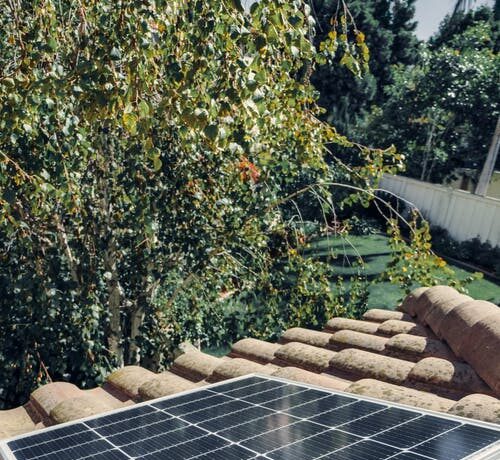What fundamental distinctions can a solar contractor expect when serving the residential, commercial, and industrial (C&I) solar markets?It may be useful to know what these industries have in mind and where they diverge if you’ve ever considered extending your domestic solar contracting business to include commercial clients.
C&I solar projects take much longer, in portion because of the difficulty of obtaining permits
Residential solar energy is more expedient. It normally takes between 4 and 12 weeks to determine the system’s size, calculate the [financial] benefits, and have it installed. Commercially, not really. The project might take anywhere between 6 months to a year to complete, making it a much longer process for those involved.
The permission procedure, which is very different and takes a very lengthy time, plays a significant role in this. The municipal governments’ examination is far more thorough.For instance, you may apply for permitting clearance online in the Los Angeles city limits for residential projects under 10 kW and you don’t even need to provide a set of plans.
However, anything larger than 10kW for commercial use requires a more thorough assessment process.The local licensing office will give you a deadline to examine the complete set of plans when you submit them, which might be up to 2 weeks. If they ask you to supply more information, there may be further adjustments.

The technicality of commercial projects is higher
Another crucial aspect that sets industrial solar contracting apart is increased technical complexity. From my point of view, home design is easier than commercial design when comparing the two types of projects. Since its smaller in scope, you can quickly spot any technological problems and recommend a reasonably priced fix for them.
However, there are a lot more technical principles at play when it comes to business. You might, for instance, be working with electric equipment rated at a greater amperage, such 2000 or even 3000-amp switchgears.
Depending on whether the regional lines can support the solar back feed, you must determine whether you would need transformers upgrades. Basically, as you move from residential to industrial, all of the technological factors become more complicated.
In contrast to residential solar projects, client communication is different
For C&I solar contracting compared to residential solar system, customer interaction is also quite different. Commercial projects typically take much longer to complete, so it’s crucial to set realistic expectations up front regarding how long the job will take.

The distinction is solely related to duration. When you sign a deal with a homeowner, they immediately want solar installed on [their house] the next day. Every few days, you must contact with them. It is a whole separate species.
Commercial projects cost more, but their cost per watt is lower
Costs are another important distinction between solar energy projects for homes and businesses. Although it seems sense that a major C&I project will cost more than a modest home solar system.
For instance, upgrading an electrical panel will likely cost you around $2,000 for a domestic project. In terms of business, the local transformer needs to be upgraded, which might cost anywhere from $4,000 to $20,000 or more, depending on the regional transformers and other technical aspects.





